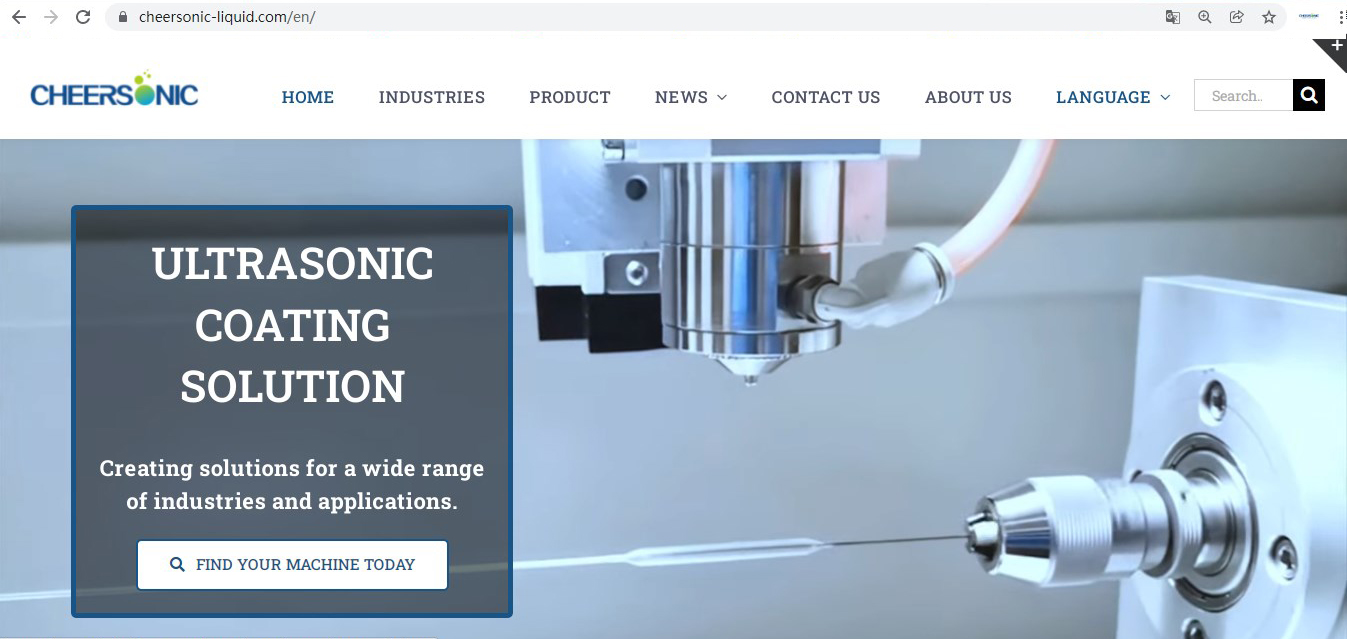In-depth Analysis Of Endoscope Rigid Endoscope Series
In-depth Analysis Of Endoscope Rigid Endoscope Series – Cheersonic
The development of less invasive surgical methods and the development of corresponding innovative instruments is endless. The pursuit of perfection is endless. Although the trauma of laparoscopic and other operations has been reduced, the medical community is still pursuing less trauma or even non-invasiveness. With the birth of laparoscopic surgery (LESS) and natural orifice surgery (NOTES).

Conventional laparoscopic surgery requires 3-5 incisions to be made in the human body, which is called multi-hole laparoscopic surgery. Single-port laparoscopic surgery refers to a surgical operation performed by inserting both a laparoscope and surgical instruments into the human body through an umbilical incision.
The advantages of single-port laparoscopic surgery are:
1) Good beauty effect. The belly button is the scar left by the umbilical cord falling off after birth. The surgical incision here can be covered by the navel fold, and the postoperative scar is not obvious and more aesthetic.
2) Alleviate the pain of the patient. Because of the reduction in the number of incisions in single-port surgery, postoperative abdominal wall incision pain is greatly reduced.
3) Easy to take out the specimen. The diameter of the navel incision can reach 3 cm after being opened, making it easier to remove the specimen during surgery, such as the complete removal of the fallopian tube in tubal pregnancy surgery.
Single-port laparoscopic surgery also has its disadvantages:
1) The difficulty of surgery increases. In single-port laparoscopic surgery, since all operating instruments enter through a single port, the operating space is small, and the instruments cross each other and interfere with each other, which is easy to fight, which is the so-called “chopstick effect”. In particular, the suture operation under the microscope can only be performed with one hand most of the time.
2) The requirements for the surgeon are high. Because the operating instruments are often on the same parallel line with the lens, the operating triangle of the conventional laparoscope disappears, and the operator needs to re-feel the position of the instruments and the depth of the anatomy, and the operation accuracy is reduced. Intraoperative instruments are also easy to block the lens. Sometimes, in order to take into account the operation of the instruments, the lens has to make appropriate concessions, and it is difficult to obtain the best surgical field of view. In order to overcome the disadvantages of single-port laparoscopic surgery, hospitals have made innovations in surgical instruments and surgical methods.
Surgery through the natural orifice refers to the surgery in which the endoscope enters the thoracic cavity or the abdominal cavity through the natural orifice of the human body, such as the esophagus, stomach, rectum or vagina, for diagnosis and treatment. The advantages of natural orifice surgery are:
1) There is no scar on the skin, which does not affect the beauty of the skin;
2) Small trauma;
3) No pain;
4) The establishment of surgical paths for diseases of the pancreas and posterior gastric wall is short, the operation is convenient, and the operation time is short;
5) There is no skin incision for conventional surgery, avoiding the complications of skin wound infection, hernia, scarring, chronic pain and other complications of traditional surgery;
6) Reduce the depth of anesthesia, greatly reduce the risk of anesthesia, and significantly shorten the recovery time, which is more beneficial to severely obese and severely debilitated patients.
Disclaimer: We remain neutral to the opinions in the article, which are for reference and communication purposes only. If it involves copyright and other issues, please contact us for deletion, thank you!
Cheersonic is the leading developer and manufacturer of ultrasonic coating systems for applying precise, thin film coatings to protect, strengthen or smooth surfaces on parts and components for the microelectronics/electronics, alternative energy, medical and industrial markets, including specialized glass applications in construction and automotive.

